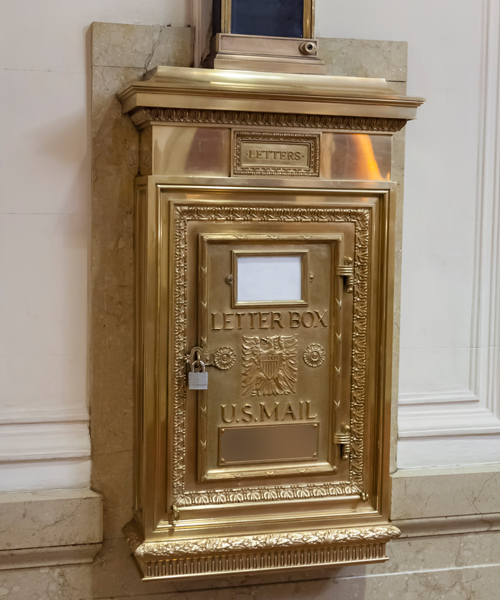For many years, the easiest way to mail a letter in many big buildings was to drop it down the chute.
Mail chutes were to urban high-rises what curbside mailboxes are to suburban residential neighborhoods.
In a recent tribute to the chutes, Crain’s New York, a business publication, recalled how they allowed building residents “to drop letters from their office or apartment floor down a slender glass-and-metal shaft leading to a mailbox, where postal workers retrieved them.”
Mail chutes in New York City’s iconic, 102-story Empire State Building stretched from the 86th floor to the lobby.
The chutes were considered a cutting-edge innovation in their day.
“They meant the building was a good place to rent and run your business. In fancy hotels, guests didn’t need to tip bellboys in order to mail their letters or postcards,” Karen Greene, author of “Art Deco Mailboxes: An Illustrated Design History,” told Crain’s.
Invented in 1883 by architect James Goold Cutler, mail chutes were used for a century despite a major drawback: mail jams.
More than 40,000 mailpieces were removed from a jammed chute in New York’s McGraw-Hill Building in 1986.
Eleven years later, the National Fire Protection Association deemed mail chutes a fire hazard and banned buildings from installing them.
It’s not known how many mail chutes are functioning today, but they still have fans.
“I love mail chutes,” Stacy Yoshioka, a personal trainer, told Crain’s. “They’re so fun, and I’ll go out of my way to use them.”
